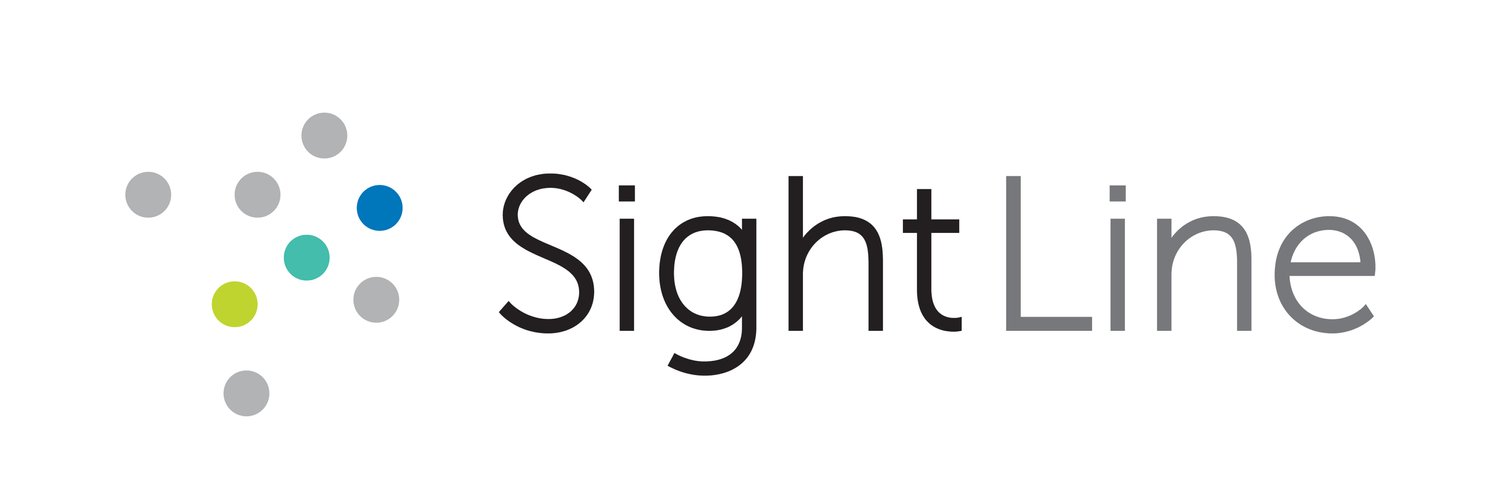Apply Learnings from Retention Programs to Enroll Students, Reduce Debt, and Propel Careers
In a world where public perception of higher education is at an all-time low we need a revamp of the value that we provide to students, and how we engage with and communicate that value to students earlier in the student lifecycle. One approach is to apply what we have learned in student support and retention services to the realm of enrollment and recruitment.
A recent study from Bucknell University found that a sense of community or belonging is a better predictor of retention compared with academic achievement. found that a sense of community or belonging is a better predictor of retention compared with academic achievement. Another 2019 study out of Penn State and Wake Forest University found that at 4-year colleges belonging is a strong predictor of persistence, engagement, and mental health after correcting for other covariates. There is a growing understanding that engagement and belonging is a key part of student recruitment as well.
Student Employment as a Retention Program
Engagement and belonging being key to retention is consistent with our research at a public four-year institution in the Midwest. We studied the impact of student employment and other engagement programs on long-term persistence. We found that the drop-out rate was reduced by about 86% for students who were employed on campus versus those who were not employed, even for lower academically performing students. It turns out that student employment is a great tool or program to implement for student engagement and developing a sense of belonging. Plus these employment programs come along with a lot of other intangible benefits, propelling students towards degree completion and career readiness.
Promoting Career Services for Recruitment
A great example of an institution that is applying this understanding is Denison University. Their leadership team has invested a significant number of resources into career services, entrepreneurship support, fellowship and research opportunities, and professional development and certificate programs for students to gain tangible skill sets. They have set up a framework to get students involved, and promote these opportunities and the institution’s vision for career readiness to prospective students. As a result, their applications have tripled over the past decade and the first-to-second year retention rate and average graduation rate are an impressive 87% and 81% respectively. This is a great model to follow for other private liberal arts colleges that are evolving to serve a new generation of students.
Student employment programs encourage community and campus engagement, provide a natural path towards intervention for students who need support, and prepare students for their future career paths. These benefits make employment programs and career services an integral piece to improving the value and ROI of student education opportunities. Ultimately, it is programs like Denison’s that will improve public perception of higher education and drive enrollment decisions.
Another more recently developed program that we are very excited about is the Student Debt Project at McPherson College. Through this program, students that are employed are able to receive up to 25% back on their tuition each semester. With over 400 students participating in this new program, these students are maintaining an average 3.3 GPA and 29% of the students in the program had zero debt at graduation. Programs like McPherson’s and Denison’s are going to attract and retain students from younger generations that are prioritizing community, degree value, practical skill sets they are gaining, and the investment they are making in their career path.
According to a 2024 Inside Higher Ed article the most important reasons for why students would choose to pursue a college degree are: to be able to make more money, to be able to get a better job and/or a promotion, to have more job security, and to get training for a specific career. This is no-longer just about ‘the college experience’ or because it is what high schoolers are expected to do, it is about the outcomes and the return on their investment.
If this is something that piques your interest or is an area of research for your team, please feel free to reach out for a chat with Ashley through her Calendly linked HERE!
At SightLine, we are working with institutions to evaluate different student engagement programs for the entire student lifecycle and understand how budgeting and financial aid is going to play a pivotal role in this work. We would love to help you do the same!
